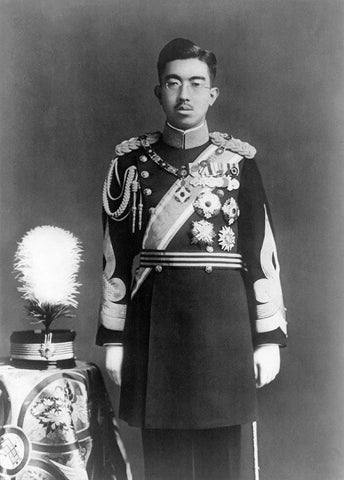Showa Nostalgia in Anime: What’s the Deal?
Carl LiShare

Showa Nostalgia in Anime: What’s the Deal?
 Erased (Boku Dake ga Inai Machi)
Erased (Boku Dake ga Inai Machi)
Recently, many anime from multiple genres have been making explicit references to the “Showa period.” For example, in the first episode* of the comedy series Osomatsu-san (aka Mr. Osomatsu), its iconic characters (who are based on the classic 1960s series Osomatsu-kun) lament the fact that their "Showa humor" might be outdated. In the first episode of the new supernatural mystery anime Erased (aka Boku Dake ga Inai Machi), the 29-year-old main character questions if his younger co-workers sense of humor is the result of being born after the Showa period before he is transported back in time to his childhood. The drama anime Showa Genroku Rakugo Shinju, is about two generations of “rakugo” performers and literally has the word “Showa” in its title. What exactly is “Showa,” and why does there seem to be such a massive wave of nostalgia surrounding it?
The Showa period refers to the period from December 26, 1925 and January 7, 1989, which coincides with the reign of the Japanese Emperor Hirohito. In Japan, it is common to give the year in relation to the current emperor; 2016 is Heisei 28 because it’s the 28th year of the Heisei Emperor Akihito’s reign. While it might seem unusual to those outside of Japan, it’s not unlike calling the current US presidency the “Obama Years.”

Showa Genroku Rakugo Shinju
There’s nothing that says that the world has to change as a direct result of the birth or death of an emperor, but at the same time it becomes a way to frame one’s life. Nostalgia is a part of life. People, technology, and society inevitably change, and those who grow older tend to reflect on the past. Anime and manga are no exception, and one day the Heisei period will probably receive a similar look back.
*Note: The original first episode of Osomatsu-san is no longer available due to legal reasons.






